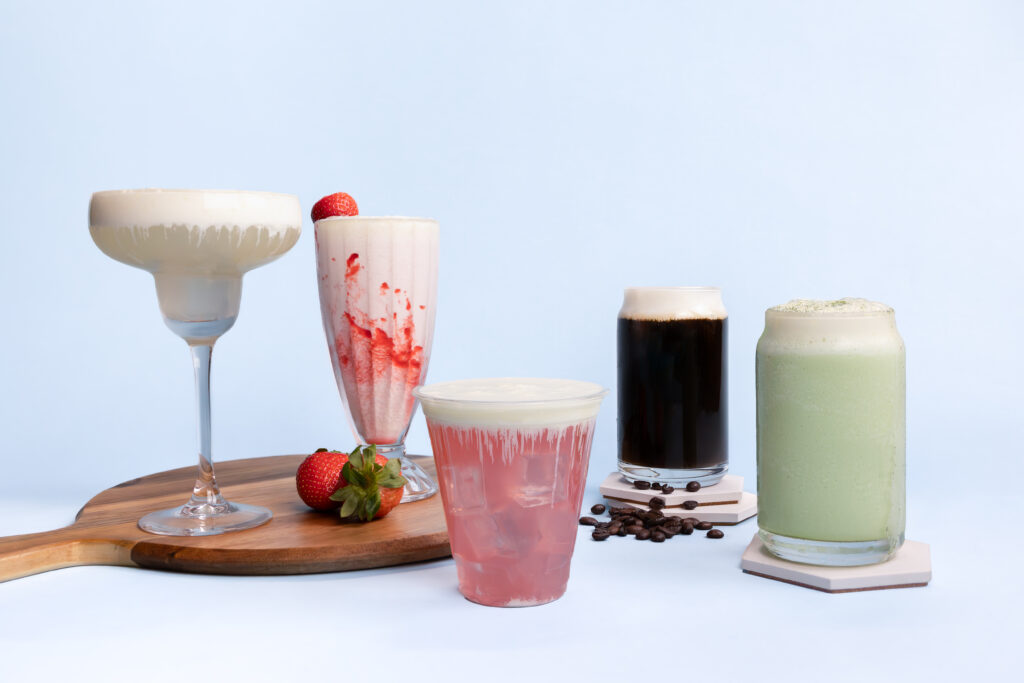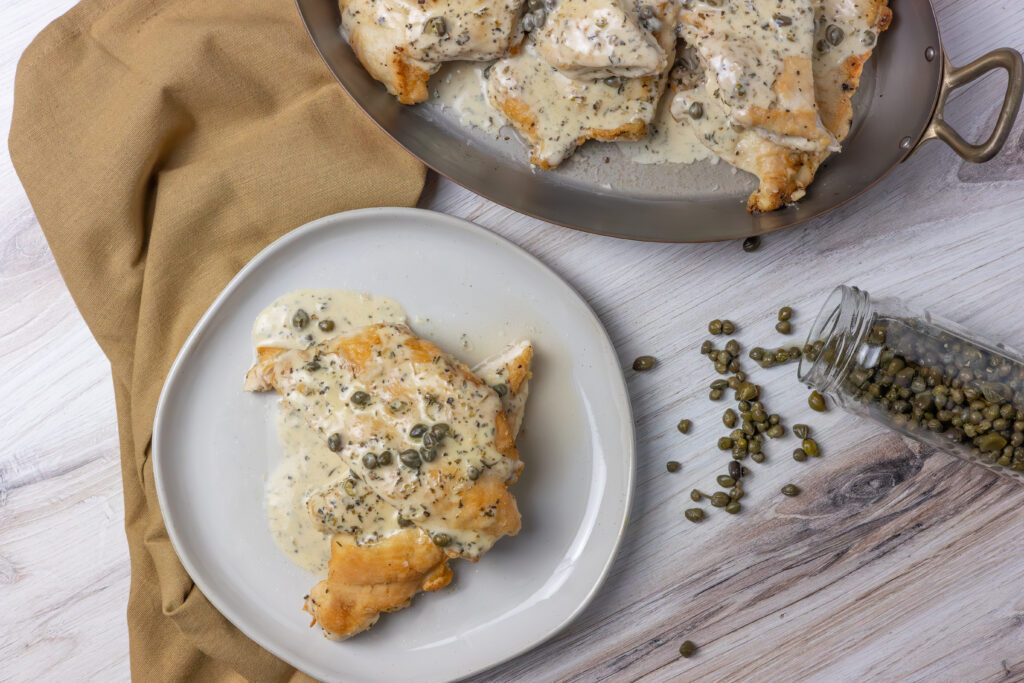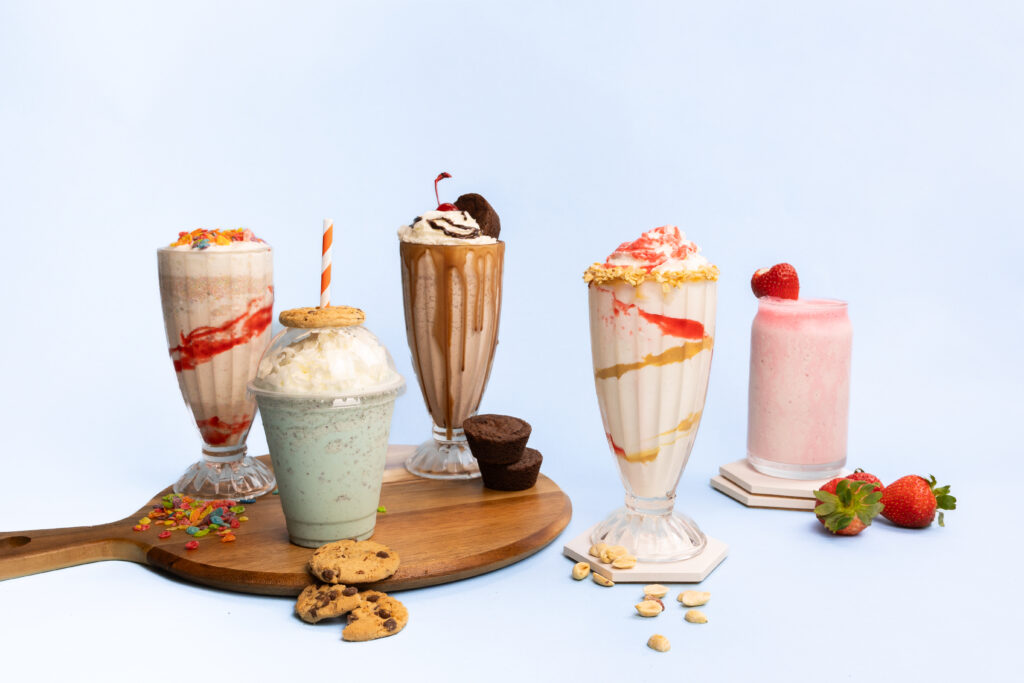July 30, 2025 – Across the foodservice landscape, there’s a growing spotlight on texture… not just as a functional attribute, but as a core element of the complete sensory experience. Among the most in-demand textural qualities today: a silky, creamy and velvety smooth mouthfeel.
While flavor still reigns supreme, texture is emerging as a powerful differentiator for foods and beverages, especially as consumers seek indulgent and elevated experiences across both savory and sweet categories. But behind the simplicity of these descriptions lies a complex interplay of ingredient functionality, formulation techniques and processing precision.
In an era of premiumization and plant-based innovation, consumers associate smooth and creamy textures with quality, freshness, indulgence, and even comfort. These cues conjure a familiarity and nostalgia, while simultaneously signaling sophistication when used in modern applications – from sauces and soups to beverages and desserts.
Creamy foods aren’t just craveable, they are a scroll-stopping viral phenomenon. From dirty sodas and cold foam creations to spoonable mousse and velvety dips, visually driven social platforms like Instagram and TikTok have amplified our awareness of the “satisfying” foods and beverages through viral trends that drive significant demand. Today, texture has just as much visual appeal as it does physical.
Global cuisines continue to influence mainstream palates and menus, many of which celebrate silky or emulsified textures, such as Thai milk teas, Italian risottos, Indian curries, Mexican queso and even Japanese tonkatsu ramen. Today, these culturally rooted textures are influencing modern foodservice menus across segments, from fine dining to QSR. In fact, 87% of Gen Z survey respondents told our NEXT Flavor Network that they want to see more global flavors on chain restaurant menus.

Creaminess starts with the tiniest details… literally. The smaller the particles in a product, the smoother it feels. That’s why fine-tuning things like particle size distribution or controlling ingredient interactions can make or break the texture.
Today’s consumers are label-savvy; they want indulgence without overloading on fat. That’s where the more clever ingredients come in: things like dairy or plant proteins, hydrocolloids, and starches that mimic the robust mouthfeel contributed by fat, but with less of the guilt (and ultimately, the cost).
How you mix, heat, and homogenize your ingredients affects everything. The right processing techniques can enhance smoothness and mitigate issues like separation or unwanted watery textures, especially in sauces, beverages, or creamy bases.
Whether it’s in a high protein shake or an egg bite, protein can bring its own set of challenges. If not managed well, it can lead to chalky textures or grittiness. Maintaining the right balance with other clean-label texture agents that don’t complicate the manufacturing process can help to keep things creamy.

For manufacturers looking to support foodservice with more creamy-textured ingredients, the opportunity is huge, but it has to balance craveability, convenience, and customization. Here are a few things we keep in mind when developing creamy-textured ingredients that actually work in foodservice.
Aim to develop creamy ingredients that can be used across multiple menu platforms, from dips to drinks to desserts – this is essential to most operators. Think, a neutral-flavored “culinary cream” base that works in sauces, soups, and desserts or a creamy concentrated syrup that blends into beverages but can also swirl over desserts. Ultimately, the goal is to develop one SKU with multiple applications, making it easier to sell and easier to market.
Operators need creamy products that don’t split, curdle, or break under pressure. Whether they’re steaming, freezing, or leaving them under a heat lamp, your ingredients need to withstand the operational realities of a fast-moving (likely understaffed) kitchen! Think of a stable cold foam topper that holds its velvety smooth structure for hours, not minutes, or a creamy sauce base that stays buttery and silky on top of noodles even after reheating.
No one wants to dine on a science experiment. Consumers want indulgence without all of the unpronounceable mystery ingredients. So, manufacturers have to deliver creamy textures using recognizable and clean alternatives. Consider unique nut blends that don’t require gums or fillers (e.g. coconut or cashew) or using unique processing pathways that harness the power of the natural elements of dairy. High performing, clean label ingredients give you a competitive edge, every time.
For foodservice operators, packaging is almost as important as what goes inside. If the packaging options don’t work with their back of house configuration or it slows down their operations, you are done before you’ve started. Developing creamy ingredients that come in easy-to-use and easy-to-store packaging like pouches, bag-in-box, aerosol cans or portioned-controlled packs will be critical in winning foodservice business.
Foodservice operators love products that are either shelf-stable or have a long refrigerated or freezer life. This not only helps to reduce waste but it also simplifies storage constraints that many restaurants face in their back of house.

Creamy texture isn’t just a buzz term – it’s a full-spectrum opportunity for foodservice innovation. From the emotional pull of comfort and nostalgia, to the visual impact that fuels viral cravings, creamy-textured foods check all the boxes for today’s hungry and curious consumers. But delivering on that indulgent experience takes more than just good ingredients, it requires smart formulation, thoughtful processing, and real-world foodservice know-how. For manufacturers and operators alike, investing in craveable, creamy solutions that are clean-label, versatile, and operationally sound isn’t just good R&D… it’s good business. Because when texture delivers, so does everything else.